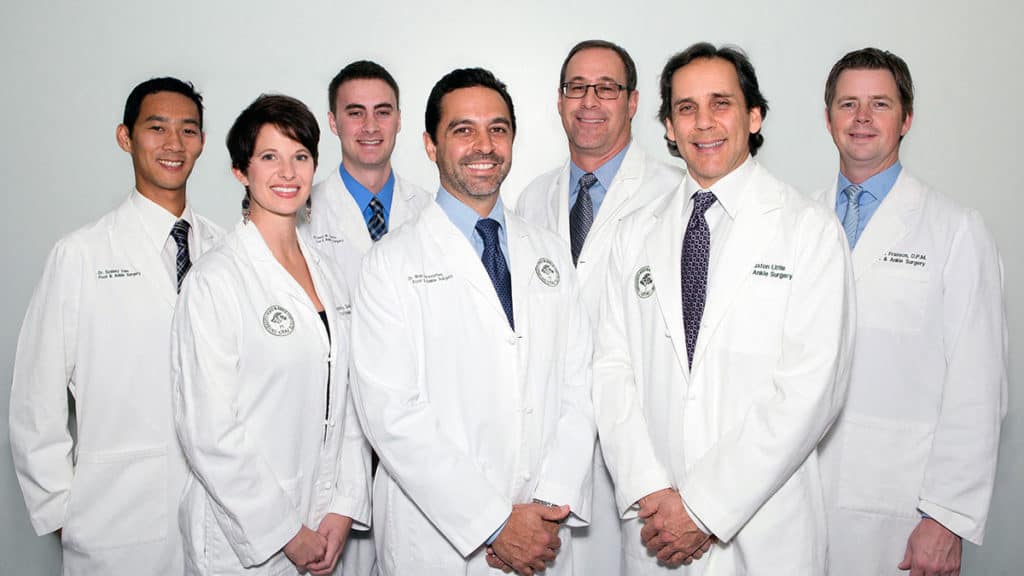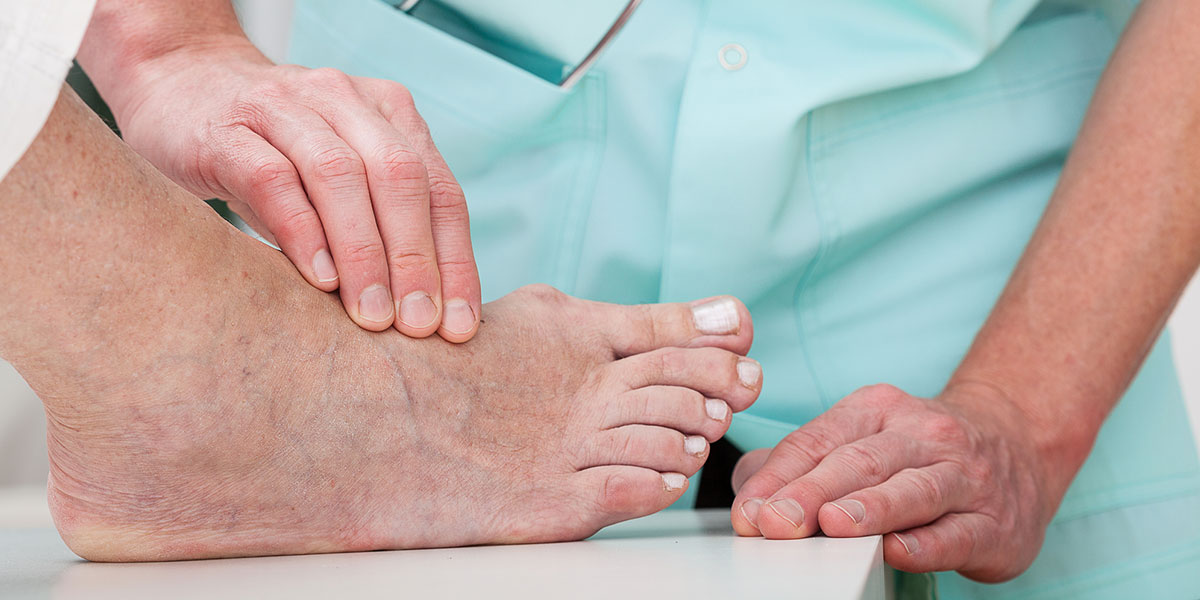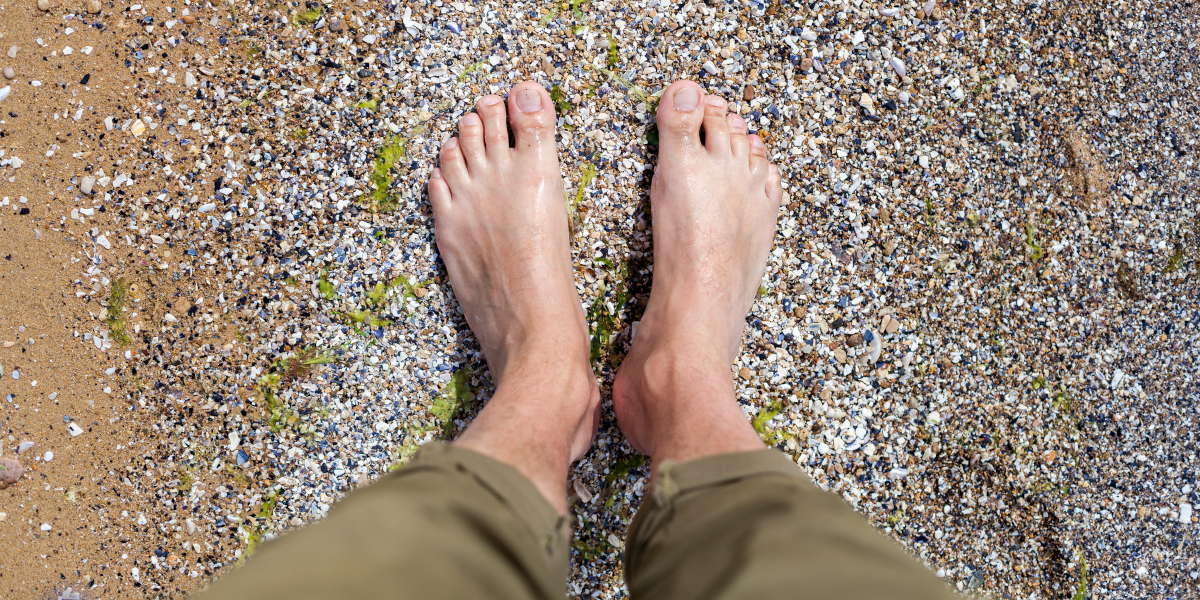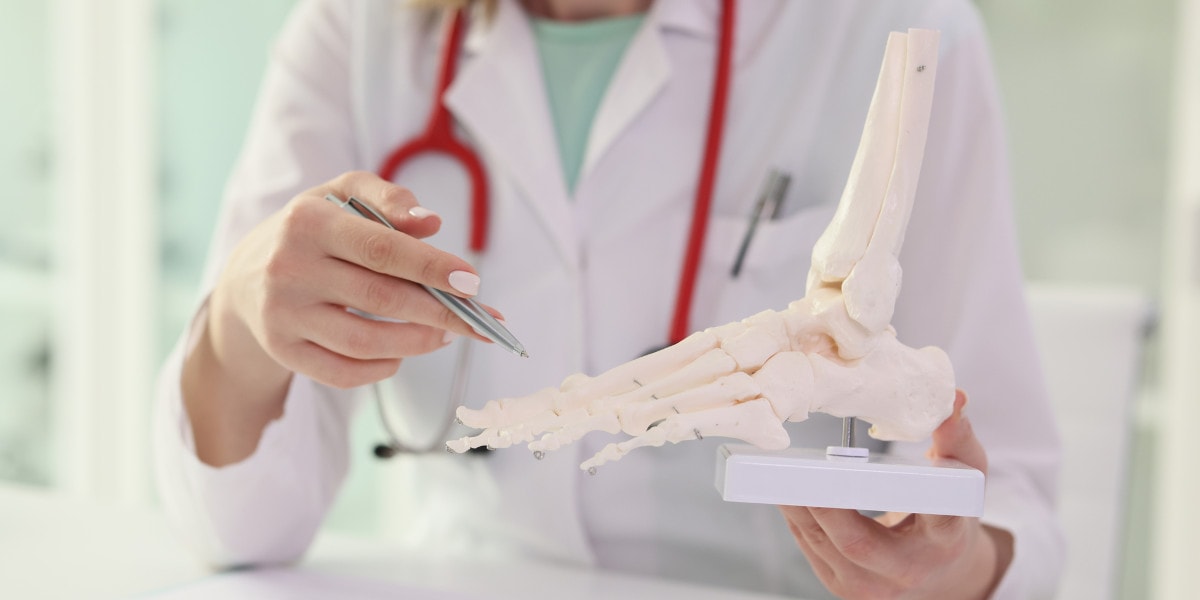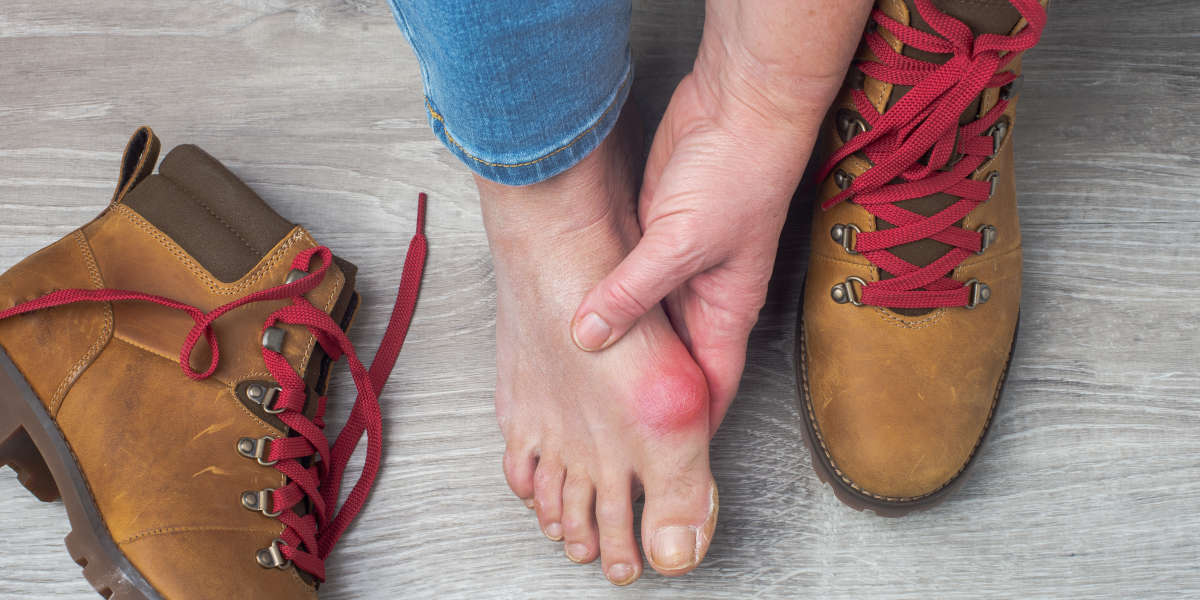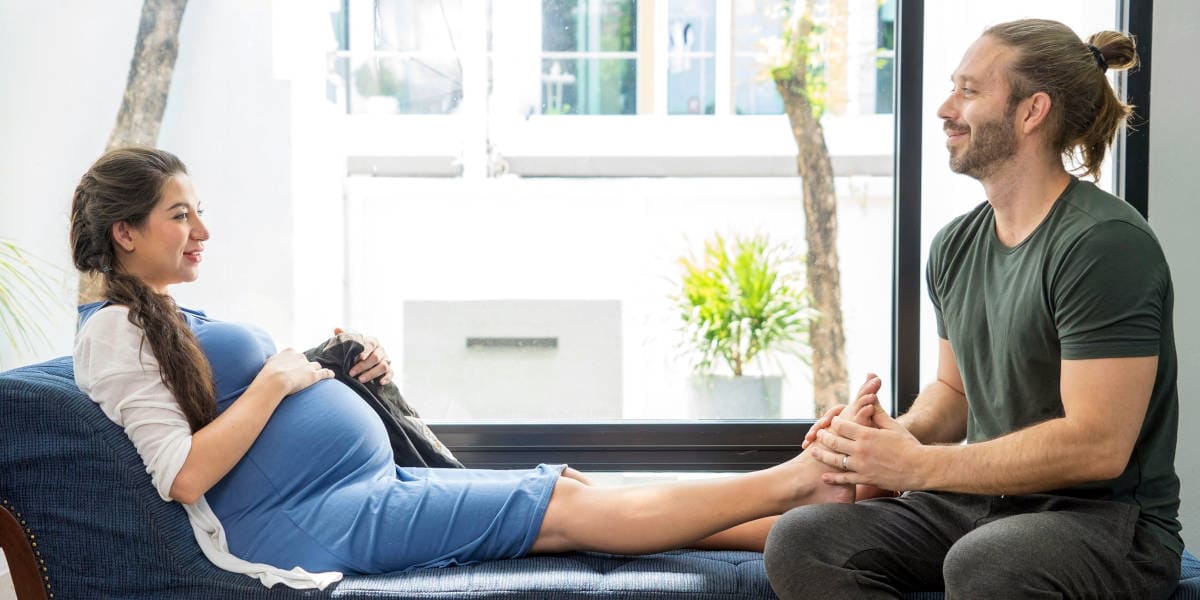The Foot and Ankle Specialists at the Bunion Institute always try to avoid surgery whenever possible. Now why in the world would surgeons try to avoid doing surgery when that is their business?
The answer is simple, surgery is never something to take lightly. No matter how safe surgery is, no matter that we have an over 95% success rate, there are always risks involved. And if you truly do not need to take those risks, you simply shouldn’t.
Is surgery the only way to “fix” a bunion?
Technically, yes, though not all bunions require surgery! But if your bunion hurts or makes it difficult for you to walk, work, or wear shoes, you should make an appointment with us to explore treatment options.
Fortunately, bunions can often be addressed without surgery as long as they are treated early. A bunion is a slowly progressive condition – if ignored, the pain and deformity will only grow more severe over time.
Conservative non-surgical treatments can hamper a bunion’s progress considerably. There is a chance that your bunion may never need surgery,
Click here to learn more about our conservative non-surgical bunion treatments.
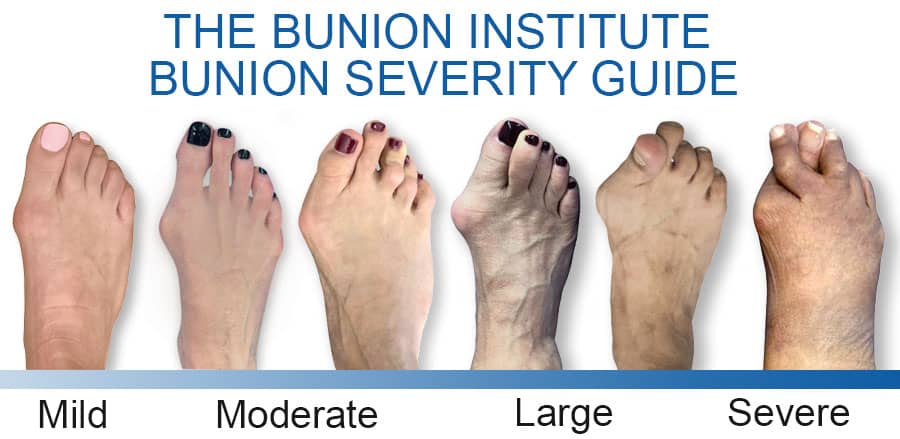
How many different kinds of bunion surgery options are there? A lot!
Believe it or not, there are at least 44 different types of bunion surgeries that have been performed over the years, but today there are only a few that are proven, over time, to be truly effective.
Three of today’s most successful bunion correction procedures are:
Our Minimally Invasive Bunionectomy
Who it’s for: Patients with mild to moderate bunions and good to excellent bone quality
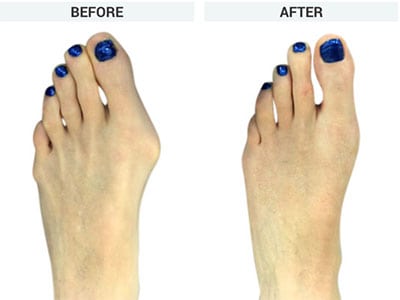
The downside to most minimally invasive (MIS) bunionectomies is the limited fixation options. Poor fixation can lead to malunion of the bone alignment, creating complications, and bunion recurrence.
That is why our foot and ankle surgeons have advanced the types of minimally invasive bunion surgeries and helped develop many of the techniques currently used across the world. Our advancements offer patients unparalleled success due to their advanced stabilization, quick recovery, immediate weight-bearing, and virtually no post-op pain or scarring.
In place of a weak small pin used in most minimally invasive procedures, our MIS technique uses stabilizing screws that are placed through micro-incisions. This results in quicker recovery times, reduced scarring, and less pain.
Click here to learn more about our Minimally Invasive Bunionectomy.
Chevron Osteotomy Bunionectomy
Who it’s for: For patients with a mild bunion and poorer bone quality or moderate bunion deformities.
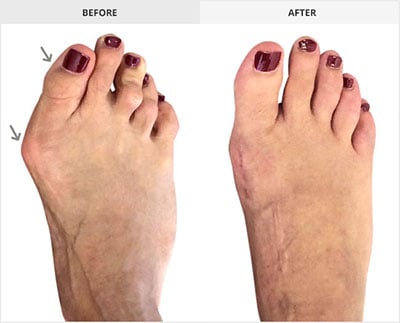
The Chevron Osteotomy has been one of the most commonly performed bunionectomies over the years. How it works is a bone-cut is made on the head of the first metatarsal, just behind the big toe joint. This chevron or “V-shaped cut” allows the surgeon to laterally shift the first metatarsal toward the second metatarsal bone. Two screws hold the bones together in their newly corrected position.
New advances in fixation technology using the OSSIOfiber® Intelligent Bone Regeneration Technology (which University Foot and Ankle Institute helped develop) allows us to use non-metal screws that actually are integrated into, and eventually become bone. This not only removes metal crews from being a problem for our patients in the future and makes their bunion correction even more secure.
We helped revolutionized the traditional chevron osteotomy procedure resulting in less pain, no cast, and a faster recovery. It allows for immediate weight-bearing and most patients are in regular shoes within 4 to 6 weeks. Additionally, the incision is made on the side of the foot to avoid a large visible scar on the top of the foot.
Click here to learn more about our Osteotomy Bunionectomy.
Our Forever Lapidus Bunionectomy™️
Who it’s for: For patients with serious to severe bunion deformities but also those with poorer bone quality.
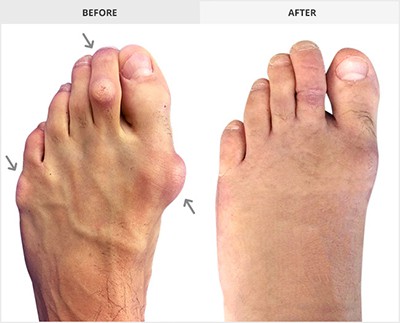
Our trademarked Forever Lapidus Bunionectomy™️ has been the “gold standard” of bunion surgery for the past five years. We took what was considered by many to be the perfect bunion surgery (the Lapidus Bunionectomy) and made it even better. From start to finish, we have thought of every step to make the procedure, simple, pain-free, and as easy and rapid a recovery as possible.
We also often infuse the patient’s own stem and amniotic cells from their bone marrow during surgery. Our process performs a very stable fixation by correcting the deformity at the source. Our patients have a speedy recovery, less downtime, immediate or early weight-bearing, and reduced scarring.
We have a 99% fusion rate, significantly higher than the traditional Lapidus procedure, which is 95%. By correcting the deformity at the source there’s virtually no risk of bunion returning
Click here to learn more about our Forever Bunionectomy™️.
Bunion Surgery Doesn’t Have to be Painful
When you choose a bunion surgeon with extensive experience in the latest bunion correction techniques, your surgery and recovery can be virtually pain-free. Really.

Taking great care of the tissue with surgical precision. Never “hacking away” at the tissue. This takes years of training and effort to perform a great dissection.
A stable fixation to immobilize the bones. Hypermobility in the bones is one of the main causes of swelling and pain after surgery. Through the use of fixation technology, the bone is held properly in the area of correction resulting in less improper movement, less swelling, and ultimately less pain medicine.
By using a proprietary long-acting local anesthesia cocktail. The longer a person is numb, the better the chance for them to get in bed, relax and heal.Our time-tested post-surgical anti-inflammation protocols require no need for major narcotics. In our hands, patients will rarely take more than one or two pain pills after surgery.
Fitting our patients with a stability boot to immobilize the foot. By holding the foot stable, there is less movement, resulting in less swelling and less pain.
The very best bunion surgeons never rely on painkillers to keep their patients comfortable. Narcotics cause constipation and can be addictive. Unless surgery is extensive, our patients rarely take over two pain pills after surgery and then need nothing more than Tylenol and an anti-inflammatory in recovery.
Have some bunion surgery procedures outlived their usefulness?
Yes, absolutely!
As time, technology, and research advance, we feel that certain types of bunion surgeries should no longer be performed. There are various reasons for each one, but they all have been replaced by far better procedures that all have greatly improved long-term results. Read more about deprecated bunion surgery techniques.
Why choose the Bunion Institute for your bunion care?
If you’re experiencing bunion pain, we’re here to help. Our nationally recognized foot and ankle podiatry experts offer the most advanced bunion solutions and the highest success rates in the nation. Our doctors of Podiatric medicine (DPMs for short) have years of experience and are leaders in the research and treatment of all bunion conditions.
To schedule a consultation, please call (855) 814-3600 24 hours a day / 7 days a week.
We are conveniently located through the Los Angeles area with locations in or near Santa Monica (on Wilshire Blvd.), Beverly Hills, West Los Angeles, Manhattan Beach, Northridge, Downtown Los Angeles, Westlake Village, Granada Hills, and Valencia, California.
